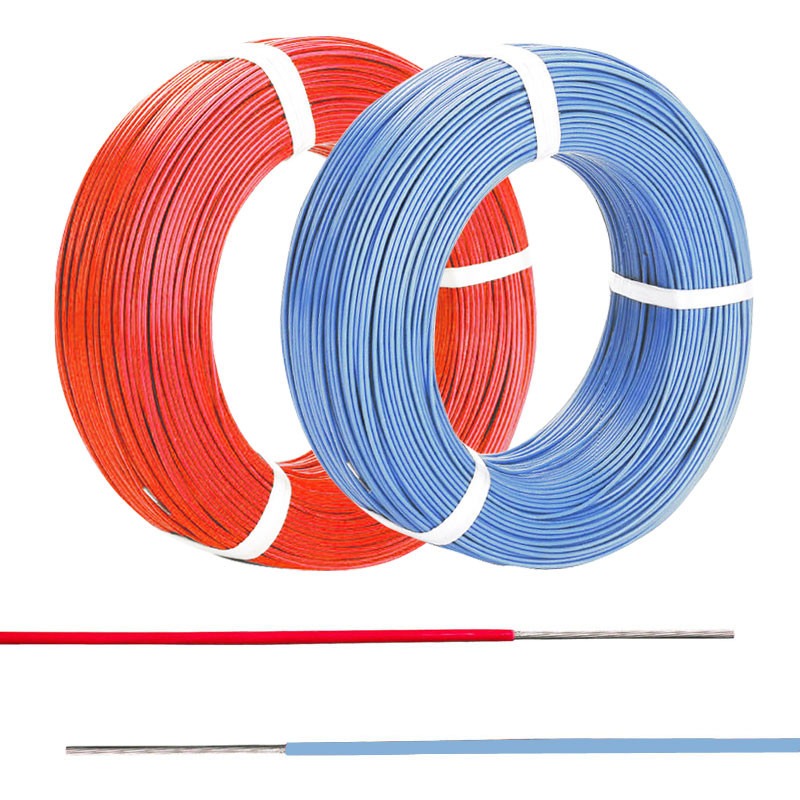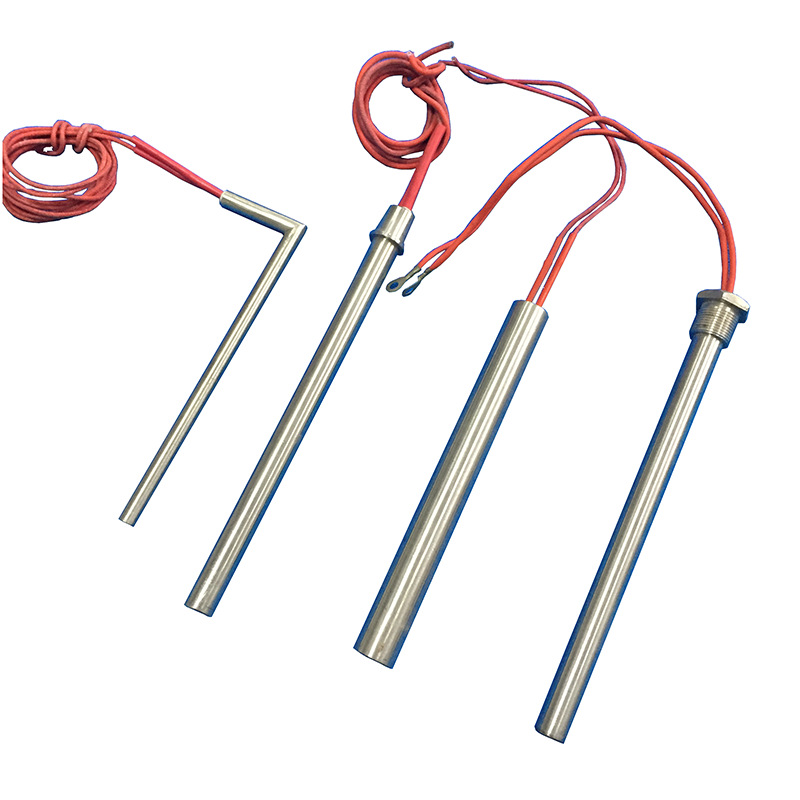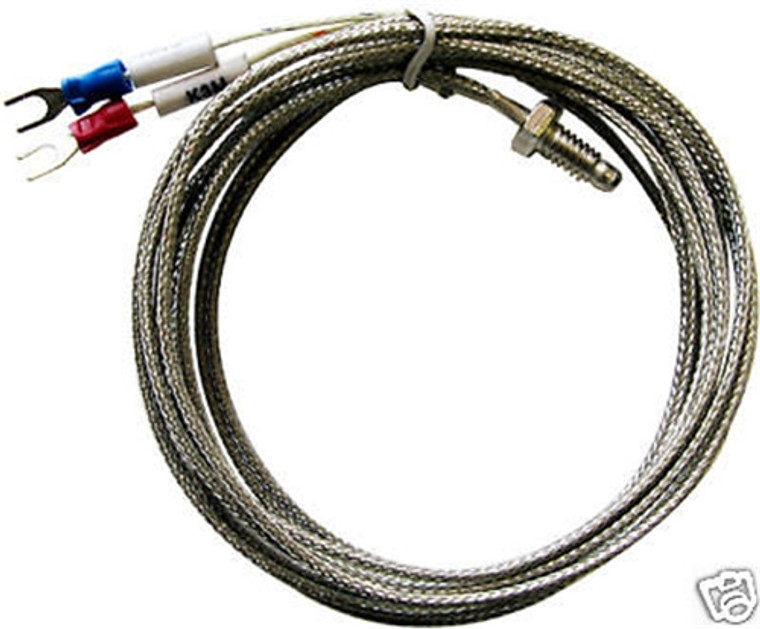A tubular heater with thermostat is more than just a heating device; it’s a tailored climate control solution. It’s the unsung hero of many spaces, delivering consistent warmth without breaking the bank. But with countless options flooding the market, choosing the right one can feel like searching for a needle in a haystack. Fear not! This guide will illuminate the path, transforming you from a heating novice to a thermostat-savvy expert.
Understanding Tubular Heaters with Thermostat
At its core, a tubular heater is a long, slender heating element encased in a protective sheath. It’s often made of aluminum or stainless steel. The “tubular” part refers to its shape, while the “heater” part signifies its function – to generate heat. But what truly sets it apart is the thermostat. This intelligent companion ensures your space stays at the desired temperature, preventing overheating and optimizing energy consumption.
How Tubular Heaters with Thermostat Work
The magic happens within the heater’s core. Electricity flows through the resistive element, generating heat. This heat is then transferred to the surrounding environment. The thermostat, acting as the brain of the operation, continuously monitors the temperature. If it drops below the set point, it signals the heater to turn on. Conversely, if the temperature rises above the set point, it switches off. This constant cycle maintains a steady temperature.
Types of Tubular Heaters with Thermostat
Not all tubular heaters are created equal. Understanding the different types is crucial for selecting the perfect fit.
- Standard Tubular Heaters: These are the most common type, offering basic heating functionality with a thermostat. They’re ideal for general-purpose heating in spaces like garages, workshops, or greenhouses.
- Explosion-Proof Tubular Heaters: Designed for hazardous environments, these heaters are built to withstand explosive atmospheres. They are commonly used in industrial settings.
- Waterproof Tubular Heaters: Perfect for damp areas, these heaters have a protective coating to prevent water damage. They are often used in bathrooms, kitchens, or outdoor spaces.
Factors to Consider When Choosing a Tubular Heater with Thermostat
Selecting the right tubular heater involves several factors:
- Size of the Area: The heater’s wattage should match the room’s size to ensure efficient heating.
- Desired Temperature: Consider the ideal temperature for your space and choose a heater with a suitable thermostat range.
- Mounting Options: Wall-mounted, floor-standing, or portable options are available based on your preferences.
- Safety Features: Look for features like overheat protection, tip-over switches, and IP ratings for safety.
- Energy Efficiency: Consider the heater’s energy consumption to minimize utility bills.
Installation and Maintenance
Proper installation is essential for optimal performance and safety. Most tubular heaters come with installation instructions. If you’re unsure, consult a professional electrician.
Regular maintenance is key to prolonging the heater’s lifespan. Clean the heater regularly to remove dust and debris. Check the thermostat’s accuracy periodically. If you notice any issues, contact the manufacturer or a qualified technician.
Common Applications of Tubular Heaters with Thermostat
Tubular heaters with thermostats find applications in various settings:
- Residential: Heating garages, basements, workshops, and bathrooms.
- Commercial: Maintaining temperature in warehouses, factories, and retail spaces.
- Agricultural: Providing warmth for livestock, greenhouses, and poultry farms.
- Industrial: Preventing frost in pipes, tanks, and equipment.
Safety Tips for Using Tubular Heaters
- Never leave a heater unattended, especially when children or pets are present.
- Keep combustible materials away from the heater.
- Use the heater on a stable, level surface.
- Regularly inspect the power cord for damage.
By understanding the nuances of tubular heaters with thermostats, you can make an informed decision and enjoy the benefits of consistent warmth in your space.














